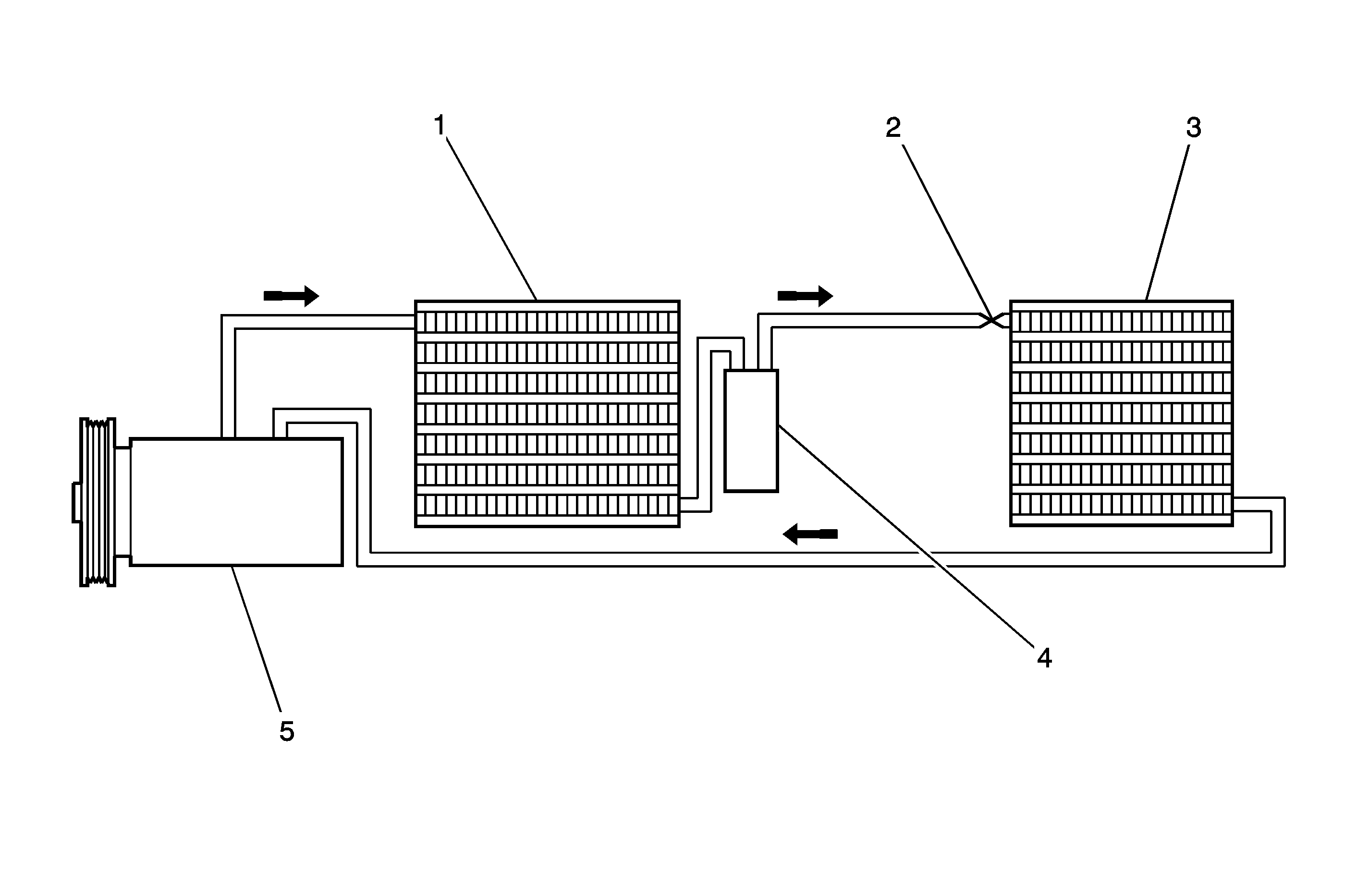Vehicle air conditioning is the cooling, refrigeration, heating, and ventilation
of the air in the passenger compartment. Refrigeration is accomplished by making practical
use of the 3 laws of nature. These laws of nature and their practical application
are as follows:
The principle of heat transfers are that the heat always flow from hot to cold,
the rate of heat transfer will increase as the difference in temperature between 2 objects
increases, and the mass of an object remains the same regardless of its heat contents.
Everything in the world is composed of matter, and the matter exists in one
of following states:
When a liquid boils, it changes to vapor and absorbs heat without raising the
temperature of the resulting vapor.
When the vapor condenses, it changes back to a liquid and gives off heat without
lowing the temperature of the resulting liquid.
When the pressure on the liquid or vapor changes, the boiling point changes.
Increasing the pressure increases the boiling point, while the boiling point decreased
by decreasing the pressure on the liquid or vapor.
Another effect of the compression is an increase in temperature even though
heat has not been added. For example, if you compress the refrigerant R-134a
from 206-1206 kPa (30-175 psi), the temperature of vapor
will increase from 0-54°C (32-130°F) and boiling point increase.
Condensing point also will increase.
The V5 variable displacement compressor, along with the thermal expansion valve
on the evaporator, constitutes a largely self regulating system. There is no pressure
cycling switch, no high and low pressure cutoff switch. The compressor clutch is controlled
by the electronic control module (ECM), which receives data from various engine systems
and the pressure transducer located in the high-pressure refrigerant pipe.
In normal operation, the clutch is engaged continuously. Should one of the monitored
conditions become abnormal, the ECM will disengage the compressor clutch until normal
operation is restored. The abnormal conditions under which the ECM will disengage
the compressor clutch are the following:

